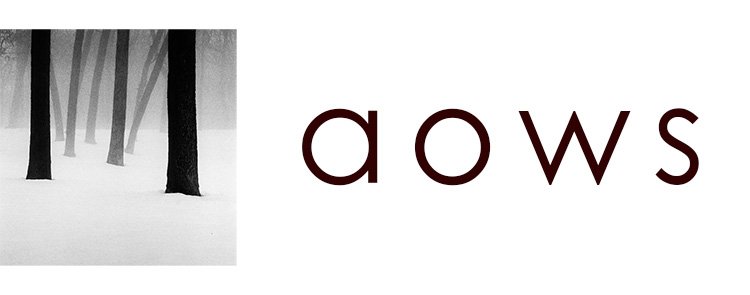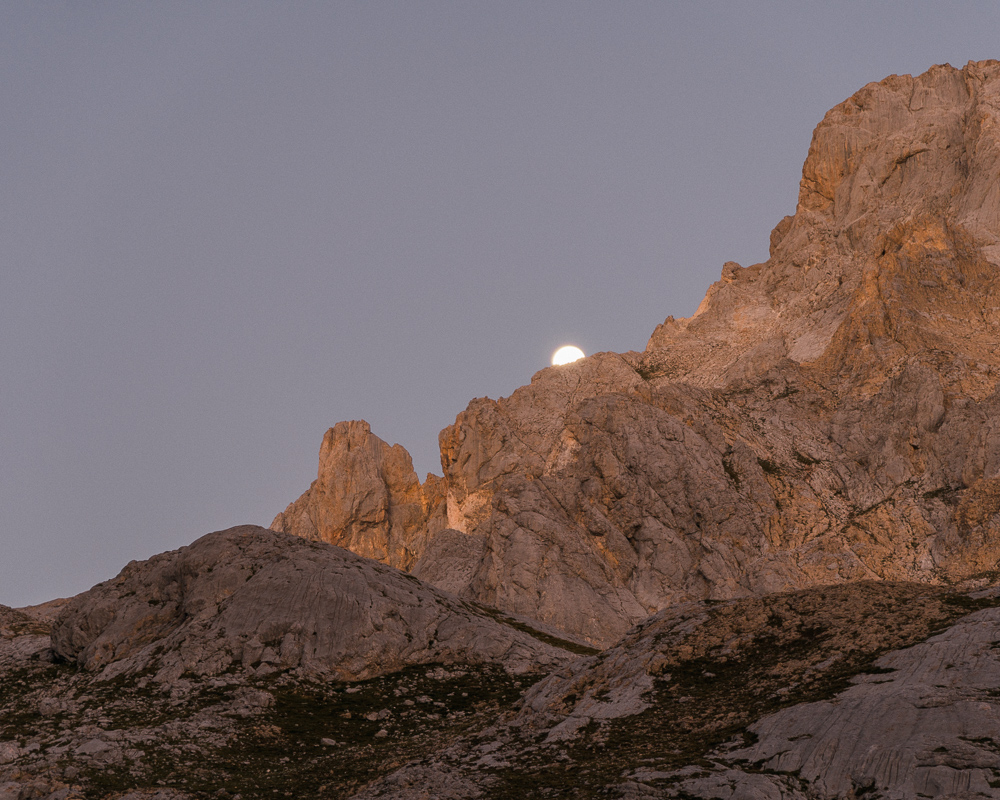The Image of the Month for October is now available: Moonrise over Mt Hood.
Watch the video where I made this image: "Moonrise".
What a beautiful evening at the Mt Hood National Forest this was! I had only recently started shooting with my Bronica SQ-Ai when I found out about the full Moon rising behind the always stunning Mt Hood.
I spent almost three hours there, sitting in silence, first enjoying the sunset and then waiting until it was dark and the Moon high in the sky.
This image is the result of those three hours there, trying to capture what I saw. The interaction between the mountain and the Moon, the calmness of the moment, the beauty of it, the fragility of nature and the insignificance of humans.
artist contract
A new image will be released every month and offered at a reduced price during that time. After 30 days, it will be sold at full price. They will never be on sale at any time in the future, the rate during the first month will be the lowest, ever.
want to know more?
You can find more information about how I create my images and all the details about pricing on The Art and Craft behind my prints.
























